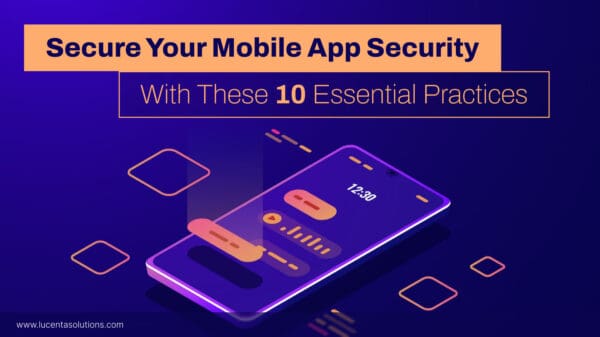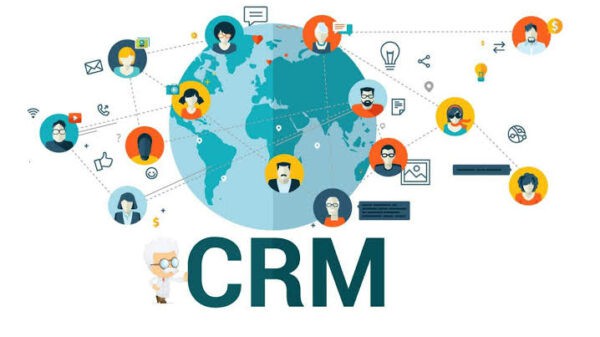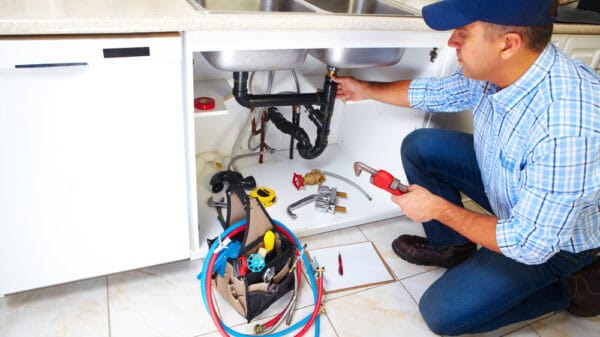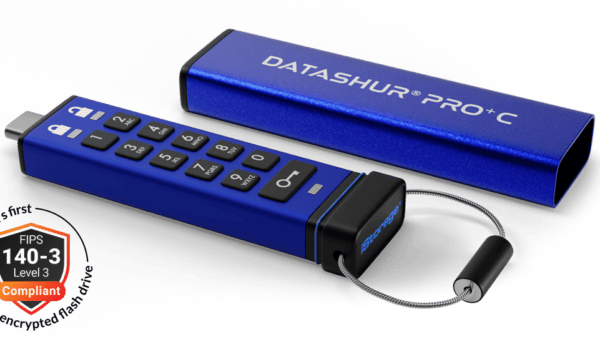Every organization acknowledges the huge benefits of taking their business online. The difficult part, however, comes when you actually set out to establish your presence in the rapidly expanding virtual space, so as to be able to harness the huge benefits of conducting business online. The only way that this can be achieved is through the establishment of an e-commerce website. In this article, we will discuss the intricacies of setting up of an e-commerce website.
What Is An Ecommerce Website?
An e-commerce website is, by and large, just like any other website that you come across, except for two marked differences:
- The presence of a shopping cart (some websites are however structured to exclude this need)
- A payment method that can be utilized by the customers to make the payments for your services and/or products.
These capabilities enable websites to act as a virtual store where you can shop for what you want and pay at the checkout point. The only difference is that you don’t get physical products right away, but they are shipped to you once the order is processed.
How To Set Up An E-commerce Website
The first thing that you need to do is to organize all the information pertaining to your products or services. This planning and organization involves clearly setting out all items, categories, sub-categories, packages and groups. You will also need to determine the existence of any special shipping rules, shipping methods, handling charges, and special item discounts.
The second step involves the addition of items to your e-commerce website. This typically involves:
- Uploading product images. All the products and respective product components must be added at this stage.
- Defining the shipping options with regards to the methods and any rules.
- Defining the package options. This is done to add or edit an item.
- Defining any existing special discounts for your products or services.
Inventory control activation is the next on the agenda. You must make certain to define the beginning stock on hand. The third stage is the addition of packages and item groups.
In respect of the packages:
- Products and components to be utilized in packages must be presented as items with clearly defined package options.
- For every option group that you create, add at least a single item package option
In respect of item groups:
- The products that will be used in the item groups must be in existence as items
The fourth step is the addition of categories as well as sub-categories. These are used in the organization of the online catalog according to product type, price, brand and any other means of classification that makes it easy for the customers to find the products of their choice.
The next stop is the addition of items, item groups as well as packages to the right categories. This involves the addition of all the products destined for use in the catalogue to their respective categories.
The sixth step is the addition of global rules such as:
- Discounts
- Shipping rules
- Handling charges
- Shipping methods
- Tax rules
Once all of the above is in place, you need to set up your payment channels. The items that come into consideration at this stage include the ecommerce merchant account and the shopping cart. Create a shopping cart page and ensure that it has been adequately customized. The catalog page also needs to be created with notable customization.
After having gone through all the necessary steps you can then safely publish your website–but be prepared to attend to any glitches that might come up during this “teething” phase.
Pankaj Sharma is an experienced writer and blogger, covering a wide range of topics on different technologies. As interests, Pankaj enjoys reading, writing, fitness and anything that allows him to express his creativity. Check here- Write for us Technology


























































































































































































